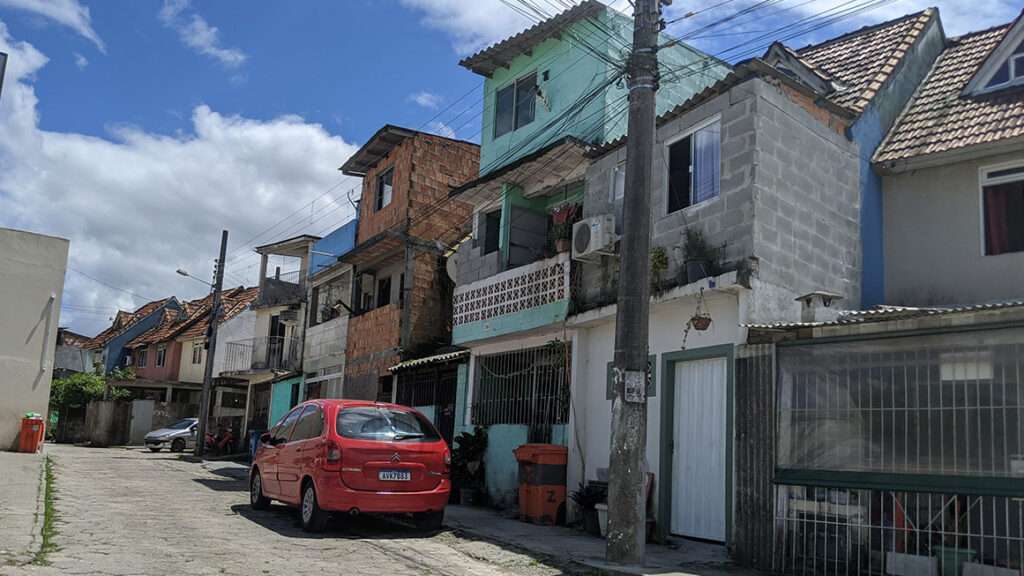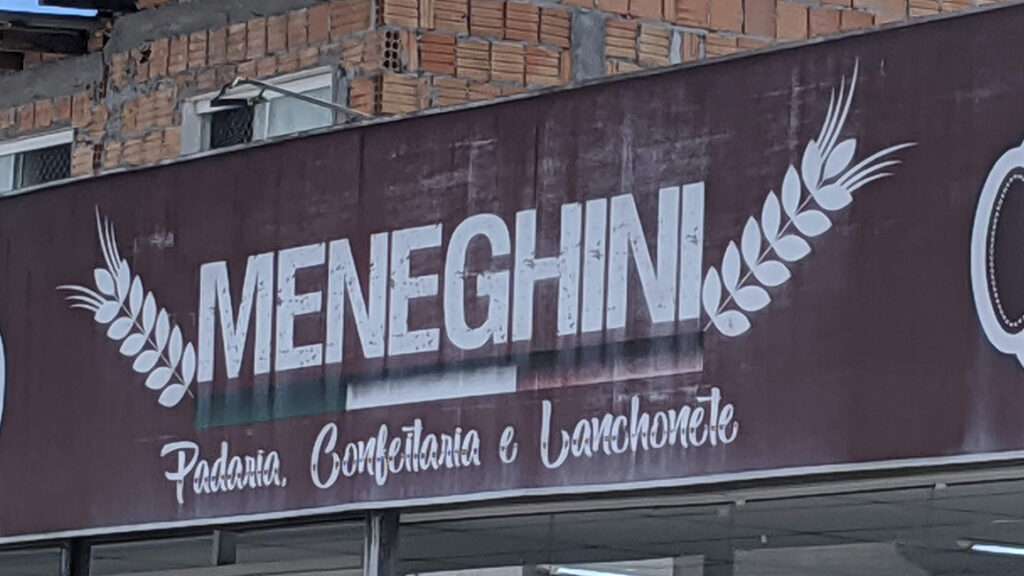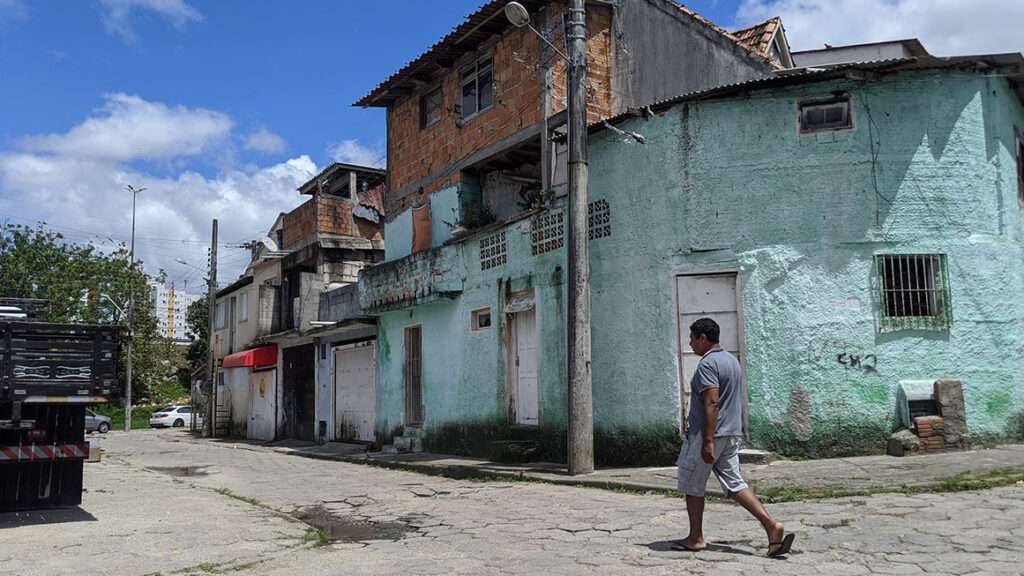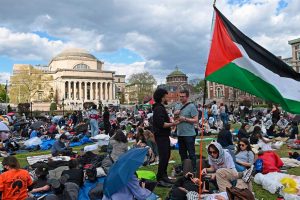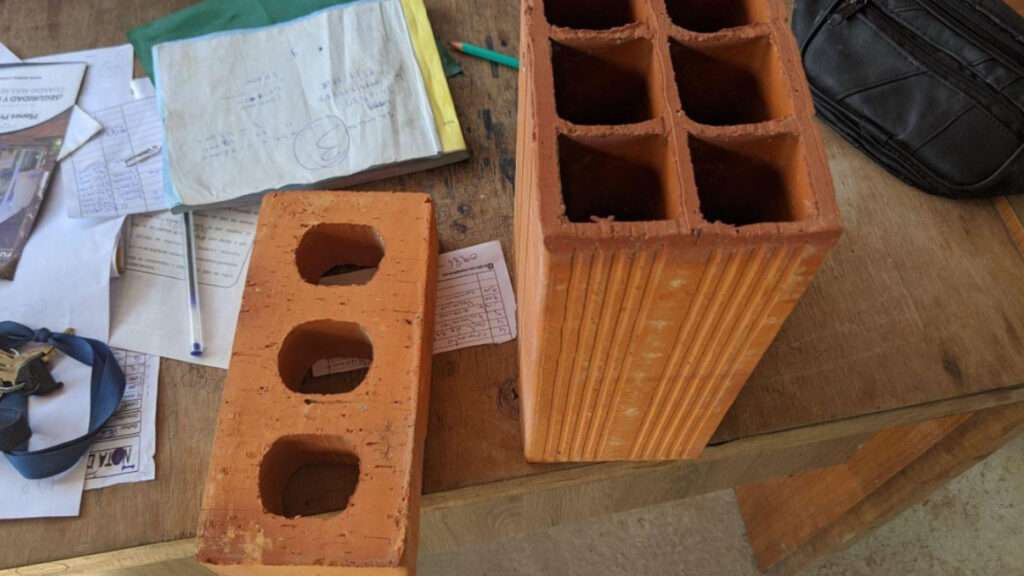
Florianópolis, Santa Catarina—In some ways, this large island on the Atlantic coast is the opposite of what people imagine when they think of Brazil. Sure, it has white sand beaches and clear waters, but it is largely free of the crime and chaos found in big Brazilian cities—a low-key vacation respite for the nation’s elite. But having been invited here to speak at a conference and assigned a driver for the week, I ask him if there’s another side of Florianópolis that doesn’t show up on brochures.
“Oh, do I have a neighborhood for you,” says Alan Esteves, a rare English-speaking Brazilian cabbie.
Crossing the bridge from Florianópolis’ charming historic centro, Esteves drives down the highway ramp and into a barrio on the city’s western edge. This, he tells me, is Monte Cristo.
It began, according to a local realty firm, as a collection of shacks, but in 2007 the authorities completed some government housing here. The program replicated the modern U.S. approach—rather than building high-rise public housing, it offered low-rise detached suburban-style units. The homes featured German roofs, aping a common vernacular in this Eurocentric part of Brazil. Locals would be allowed to buy the housing at subsidized rates, encouraging homeownership.
Then something unplanned happened.
In the urban planning lexicon, there’s an acronym called ADUs, or “accessory dwelling units.” This describes any units that owner-occupants add to their main ones, like a garage or a backyard granny flat. As unauthorized additions mushroomed, the housing in Monte Cristo quickly became the ADU concept on steroids, with so many new additions as to make the area unrecognizable.
Favela is a Portuguese word that translates to “shantytown,” but that’s a location-specific way to describe an urban form that exists worldwide. The United Nations defines “slum” housing as that which is unstable, overcrowded, and lacking in basic sanitation. Brazilian favelas are thought of as slums, although the definition can be more tenuous.
“Specifically in the Brazilian context,” says urban planning journalist Gregory Scruggs, favelas are “a human settlement where there is not proper title to the housing stock.”
Beyond that, favelas have a certain aesthetic, giving them a know-it-when-you-see-it quality. Their construction is usually a mix of cinder blocks, a soil and clay composite called daub, and “hollow bricks” that might better be called structural clay tiles.
When I visit a construction goods store, a staffer explains that hollow bricks are three times cheaper than the more standard brick, but provide similar stability.
Another feature of favelas is that they evolve incrementally. They begin as small structures—sometimes literal huts—but owners build ADU-style additions as their family grows or they see financial opportunity in renting extra space or adding informal ground-level retail. Brazilian hillsides are especially conducive to this, with units literally stacked atop each other up the hill.
That incrementalism is also at work in relatively flat Monte Cristo. As Esteves drives, I see ADUs that have been added above, around, and in front of the initial structures. The builders used the typical favela materials, blending in no way architecturally with the pastel-colored homes built by the government.
According to Scruggs, who has both lived in and written about Rio de Janeiro’s favelas, Monte Cristo’s incrementalism is now getting formal traction. He cites the “half a good house” concept of the Chilean architect Alejandro Aravena, who won the Pritzker Architecture Prize for his work.
When building modern units for slum dwellers, the idea goes, nonprofits should erect small homes with basic modern standards such as plumbing. But they should surround those homes with empty frames that let owner-occupants “expand,” favela-style, if they wish. Aravena helped design one such community in Chile at $7,500 per unit. Monte Cristo is another version of this idea, albeit an informal one.
That gets to the final way Monte Cristo, despite being a government complex, resembles a favela: Favelas are extralegal and are known throughout Latin America as “invasions.” Usually they occur on public land that is sitting unused. Sometimes they occur on private land, as part of populist revolts against large landowners, some of whom themselves amassed their holdings extralegally.
Once slum dwellers settle and start building, they are unlikely to be removed, since government institutions are weak and the political blowback is immense. So the favelas remain and evolve organically. The lack of titling can be a problem—because the land was seized illegally, no titles were issued, and it thus remains undervalued as a real estate asset, an issue documented by the Peruvian economist Hernando de Soto.
Though Monte Cristo is a formal community, it has this “invasion” vibe. Tenants have added onto their units ad infinitum, with no regard to the setbacks, architectural standards, or maximum occupancy laws common in the United States.
Despite the problems associated with nebulous property rights, favelas represent a spontaneous, flexible form of housing that needn’t be confined to slum dwellers. I see in Monte Cristo a model for affordable housing programs in the U.S.—be they public, private, or nonprofit—where residents can add space gradually and rent it out to create income. Florianópolis, Scruggs argues, “is the ideal”: a model “where the public sector can provision land and some basic building standards but allow residents to build from there.”
Alain Bertaud, a planning professor at New York University, once noted that a form of this happens in U.S. housing projects already, as tenants continuously subdivide and sublet units. Monte Cristo shows how this can flower into something more open and affordable: by avoiding excessive rules in the first place.



